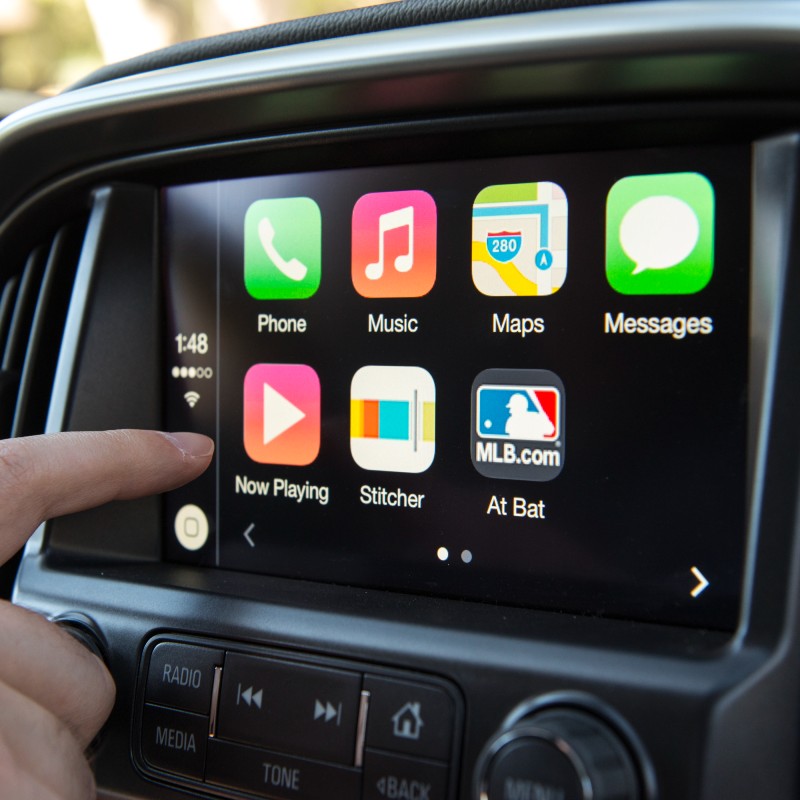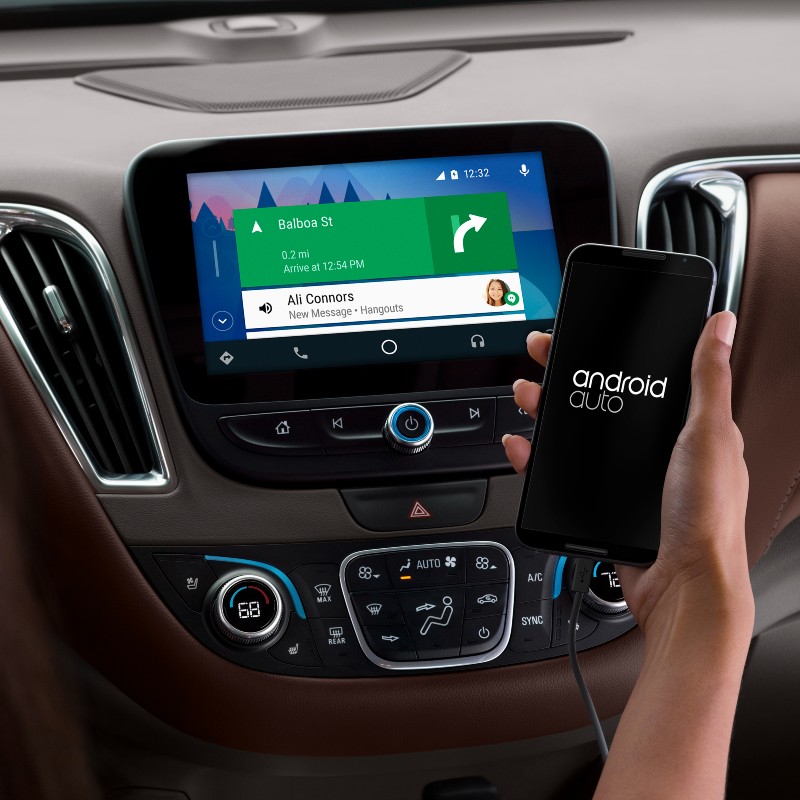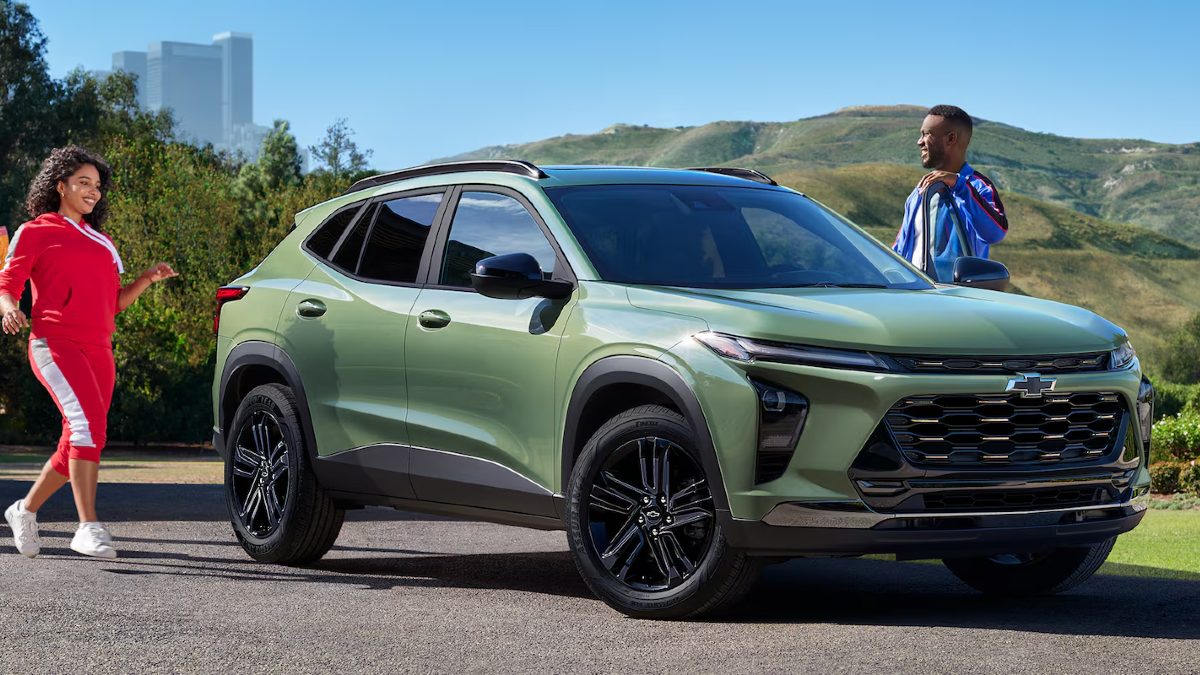Each year, more and more technologies are introduced across the automotive industry, helping to modernize vehicles and make them more connected and convenient than ever. Smartphone integration is one of the best examples of this, as features like Apple CarPlay and Android Auto not only enhance the convenience of your vehicle, but they provide safer access to things like navigation, music and communication while you’re actually on the road.
Lately we’ve been receiving a lot of questions about whether or not you can get Apple CarPlay or Android auto in your Chevy vehicle, but this is likely because of a misunderstanding. The vast majority of new Chevy vehicles come standard with Apple CarPlay and Android Auto, some even offering the wireless variants of each. Chevrolet was, in fact, the first automaker to make both technologies available in its vehicles back in the 2016 model year. However, starting with the 2024 model year, Chevy dropped both features in its electric vehicles. In this blog we’ll dive into what exactly these two features are before diving into all the confusion regarding its availability in Chevy EVs.

What are Apple CarPlay and Android Auto?
These technologies have been in the automotive industry for a decade now, so there’s a good chance you’re already familiar with them. If you aren’t, each one is a system that was designed to make integrating your smartphone with your vehicle’s infotainment system easier and more seamless than ever. Thanks to these platforms, drivers are essentially able to mirror their smartphone’s interface onto the infotainment screen, providing each access to things like navigation, music, messaging, calling and other apps without the need to physically handle the phone. Utilizing voice commands make things even easier and safer where possible

What sets the wireless options apart?
The standard systems both require a connecting cable between the phone and the vehicle, typically through a wired USB connection. But now Wireless Apple CarPlay and Wireless Android Auto are available, which are fantastic upgrades that take away the need for connecting the phone to the car. Instead, the phone connects to your infotainment through Bluetooth or Wi-Fi, making these programs even more convenient than they already were.
Now your phone will be connected as soon as you turn the vehicle on – after pairing it for the first time, of course – which means you no longer have to remove it from your pocket or purse in order to use its features. Keep in mind, however, that this means your phone is no longer charging throughout your drive, so you should probably still keep a cable in your vehicle in case your battery starts running low.
Why aren't they available in Chevy EVs?
Back in 2023, General Motors announced that it would begin phasing out Apple CarPlay and Android Auto from all of its future electric vehicles, starting with the 2024 Chevy Blazer EV. Many people throughout the industry have different suspicions on why GM and Chevrolet decided to get rid of these two incredibly popular features, but what it comes down to is GM’s desire to build an integrated infotainment system in its EVs that doesn’t rely on outside software. Some executives in GM determined that these systems aren’t enhancing safety as much as they should, so they wanted to develop their own system with safety at the forefront.
Unfortunately, that means new Chevy EVs do not come with either of these great technologies installed. Further exacerbating the situation, aftermarket retrofits have been outlawed by GM as well. Although a third party had begun building and providing retrofits that would allow Chevy EVs to be equipped with one or the other, it required installation at a Chevy dealership, and GM unfortunately shut this down somewhat recently.
So, if Apple CarPlay or Android Auto are important to you, you won’t want to consider a Chevy EV as an option for your next new vehicle. But most other new Chevy vehicles offer these features standard, and you can feel free to give us a call here at Glover Customs to inquire about retrofitting older Chevy models with one of these systems.


